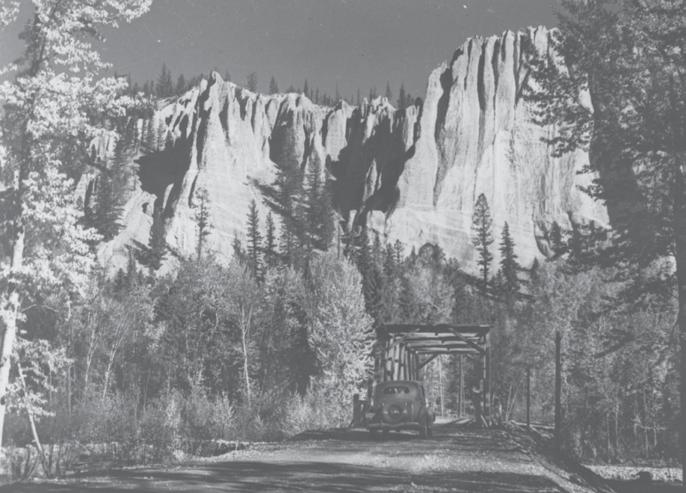
1 minute read
Historical Lens Historical Lens PERSPECTIVE International Women’s Day; celebrate women in your life
By Joanne McQuarrie editor@columbiavalleypioneer.com
Gender equality, reproductive rights and abuse against women are some of the issues of focus on International Women’s Day (IWD), a global holiday celebrated annually on March 8 to bring attention to the women’s rights movement (Wikipedia).
The Government of Canada’s theme this year is ‘Every Woman Counts’, a reminder that all women from all ages and walks of life, have a place in every aspect of Canadian society including in the economic, social and democratic spheres.
A course, ‘Canadian Women in History’, aimed at Canadian students in grades six to 12, is being offered by the federal government. It celebrates the outstanding achievements of women throughout Canada’s history and was created by Women and Gender Equality Canada and ChatterHigh Communications Inc. Four free modules are available and include Celebrating and Commemorating Canadian Women in History; Key Moments in History; Women of Impact in Canada; Gender Equality and Your Learning Journey.
IWD is an official holiday in many countries today. The earliest reported Women’s Day observance, ‘National Woman’s Day’, was held on February 28, 1909 in New York City, organized by the Socialist Party of America at the suggestion of activist, Theresa Malkiel.
There are countless women who have worked to create a world with equality of rights and opportunities for everyone. A few of the Canadian trailblazers include: Jeanne Mance, founder of Canada’s first hospital in 1645; Laura Second, a Canadian heroine of the War of 1812; Mary Ann Shadd Cary, the first Black newspaperwoman in North America, 1853; Dr. Emily Stowe, the first Canadian woman physician to practice in Canada, 1867; Grace Annie Lockhart, pioneer of women’s university education, 1875; Clara Brett Martin, Canada’s first women lawyer, 1897. In 1916, women in Manitoba became the first in Canada to win the right to vote; in 1918, some women were granted the right to vote in federal elections; in 1929, women were declared as “persons”; in 1954, Elsie Knott was the first women elected chief of a First Nation community; in 1960, all Canadian women were given the right to vote.
The journey of equality for women continues
Dutch Creek Hoodoos
Highway bridge over Dutch Creek. Circa 1930
Dear Editor:
A hearty cheers to the five candidates who are running for the open council position in the upcoming by-election in Invermere. As we are only electing one body, there is a fear that the turnout might be very low. Please, please, residents of Invermere, do
Courtesy of Windermere District Historical Society



